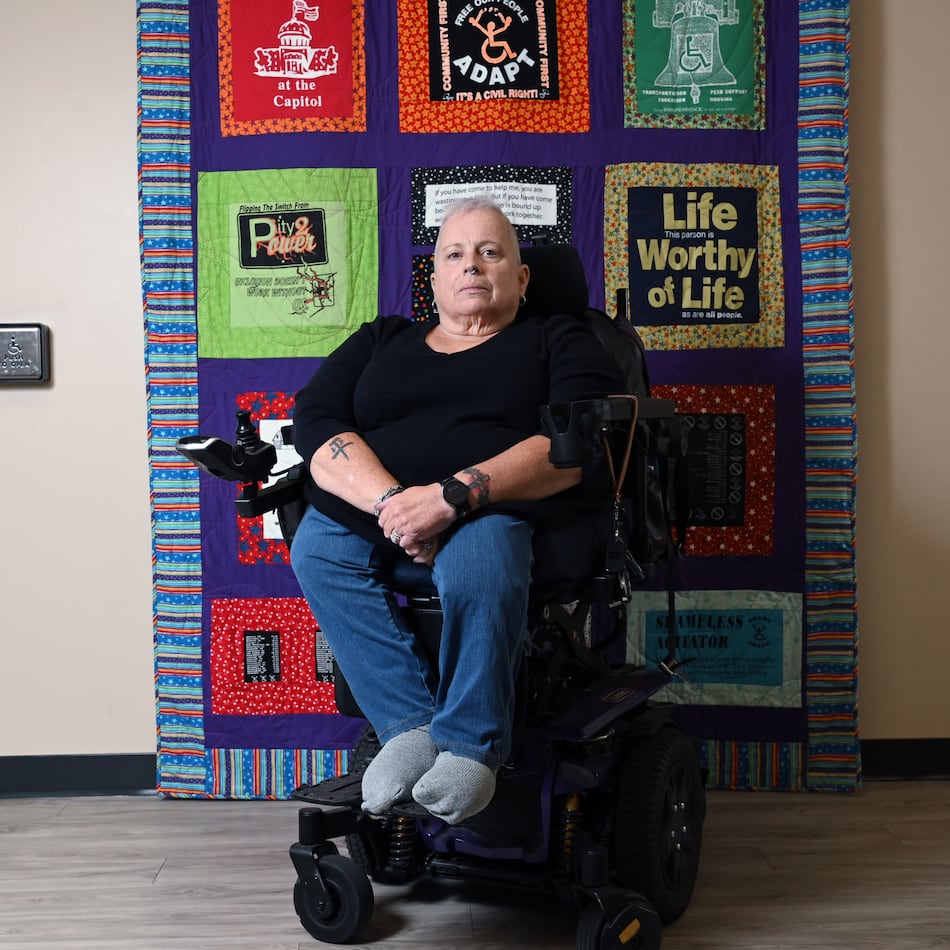The annual debate over whether to wash your turkey before cooking is simmering. As we plan our holiday meals, health experts are once again advising cooks against rinsing a raw turkey before placing it in the oven.
According to the U.S. Department of Agriculture, washing that raw turkey can actually lead to cross-contamination and make you and your Thanksgiving guests quite sick.
“Many consumers think that washing their turkey will remove bacteria and make it safer. However, it’s virtually impossible to wash bacteria off the bird. Instead, juices that splash during washing can transfer bacteria onto the surfaces of your kitchen, other foods and utensils,” USDA officials warned.
How to safely handle your raw turkey
- Wash your hands with warm water and soap for 20 seconds before and after handling it.
- Cook it to a safe minimum internal temperature of 165 degrees Fahrenheit and check temperatures in the innermost part of the thigh and wing, plus in the thickest part of the breast before serving.
- If you notice raw turkey or turkey juice on your kitchen surfaces, wash the surfaces with hot, soapy water. You can also use a solution of 1 tablespoon unscented, liquid chlorine bleach per gallon of water.
Good Housekeeping noted that this rule applies to all raw poultry, not just turkey.
How to thaw a turkey
A frozen turkey will need to be thawed before it’s cooked, but it needs to be kept at a safe temperature during that time. According to Butterball, there are two safe ways to thaw a turkey: in the refrigerator or in water.
Refrigerator
- Thaw breast side up, in the original, unopened wrapper on a tray in the fridge (40 degrees F or below).
- Allow at least one day of thawing for every 4 pounds of turkey.
- Use turkey within four days of thawing.
Cold water
- Thaw breast side down, in an unopened wrapper, with enough cold water to cover your turkey.
- Change water every 30 minutes, and if turkey cannot be completely covered, rotate every 30 minutes to keep the turkey chilled.
- You can expect 30 minutes of thawing per pound of turkey.
If you have a smaller turkey — 12 to 14 pounds — you can microwave it by unwrapping your turkey and using your microwave’s defrosting function. According to the USDA, that’s about nine to 10 minutes per pound on medium power.
How to prepare a turkey
Before cooking your turkey, you have to prepare and season it. Here’s a cheat sheet from Food Network:
- How much meat per person? 1 to 1½ pounds per person
- How much salt goes in brine? ¾ cup kosher salt for every gallon of water needed to cover the bird
- How long to brine a turkey? 8-plus hours in the refrigerator
How to cook a turkey
According Butterball, this is how you safely cook a turkey:
- Preheat oven to 325° F. Drain juices and pat dry with clean paper towels.
- Place turkey breast side up on a flat rack in a shallow roasting pan 2 to 2½ inches deep.
- Turn the wings back to hold the neck skin in place. Tucking the wings will help stabilize the turkey in the pan and when carving. Brush or spray skin lightly with vegetable or cooking oil for best appearance.
- Insert an oven-safe meat thermometer deep into the lower part of the thigh without touching the bone. If the turkey is stuffed, and the thigh is up to temperature, move the thermometer to the center of the stuffing.
- Place your turkey in the oven.
- When the turkey is about two-thirds done, loosely cover the breast with a piece of foil to prevent overcooking.
- Your turkey is done when the temperature on the meat thermometer is 180° F in thigh and 170° F in breast or stuffing.
- Lift turkey onto platter, and let stand for 15 minutes before carving.
About the Author
Keep Reading
The Latest
Featured


